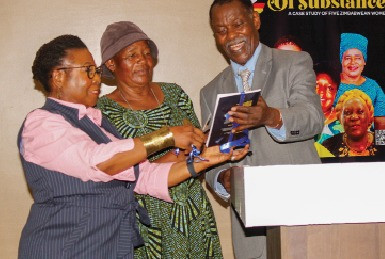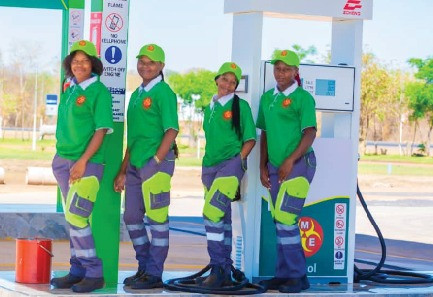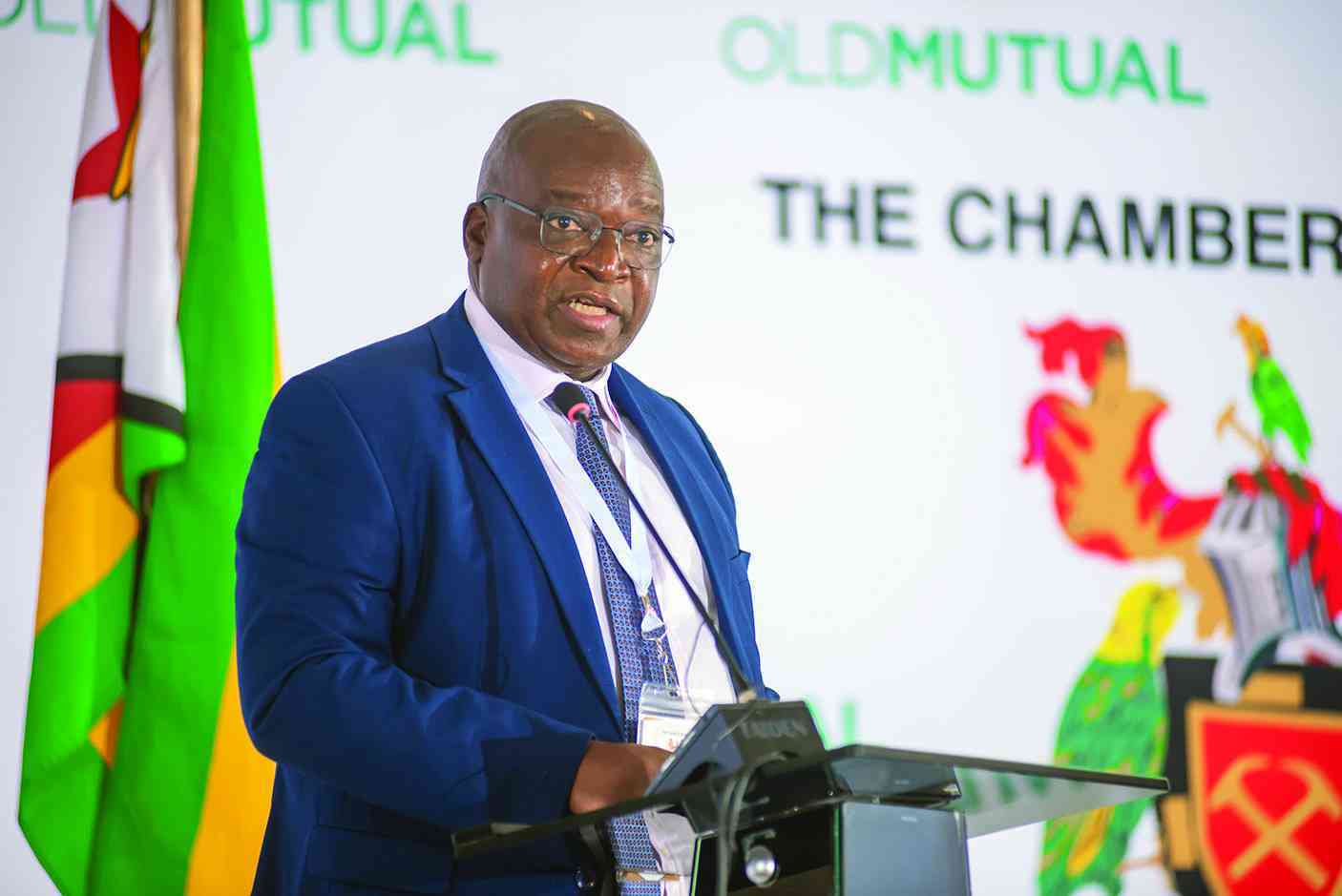
Zimbabwe is at a vital stage, guided by the national agenda of Vision 2030, which aims to transform the country into an upper-middle-income society by the end of the decade.
This goal is not just a distant aspiration; specific targets are already shaping policy, investment, and public discussion.
Central to this transformative journey is President Emmerson Mnangagwa, whose pragmatic approach, “walking the talk,” has led to a significant expansion of infrastructure across the nation.
The extensive construction of roads, energy plants, schools, and health facilities demonstrates that the vision is materialising in reality, not just in speeches.
The President’s dedication to development is clear in the swift growth of vital infrastructure.
New motorways now connect formerly isolated provinces, lowering transport costs and opening markets for farmers and manufacturers alike.
Rural electrification projects are delivering reliable power to communities that have long experienced darkness, while improved water supply systems are enhancing public health.
These projects, visible to ordinary citizens, serve as concrete proof that the government is keeping its promises; observers note that such progress is obvious without complex analysis, because its effects are seen in daily life.
- Mavhunga puts DeMbare into Chibuku quarterfinals
- Bulls to charge into Zimbabwe gold stocks
- Ndiraya concerned as goals dry up
- Letters: How solar power is transforming African farms
Keep Reading
Equally important is the upcoming launch of the National Development Strategy 2 (NDS 2) in 2026.
This framework builds on the achievements of its predecessor, aligning resources and policies with the 2030 timeline.
Integrating sectors such as agriculture, mining, tourism, and digital technology, NDS 2 aims to diversify the economy and create sustainable jobs.
The strategy emphasises inclusive growth, ensuring that benefits reach all ten provinces and that resident ministers are empowered to implement localised solutions.
Coordinated implementation is designed to accelerate progress towards the upper-middle-income goal, with projections suggesting that key economic indicators could align with that status by 2028, setting the stage for full realisation by 2030.
Nevertheless, Zimbabwe’s path is not without external challenges.
The country continues to struggle with illegal economic sanctions imposed by the United States and its allies.
These measures, widely seen as punitive and counterproductive, have limited access to international finance and hampered trade.
Despite this hostile environment, Zimbabwe has shown resilience; ongoing infrastructure development, mining, combined with targeted agricultural initiatives has supported modest economic growth.
The government’s message remains clear: sanctions will not stop the nation from pursuing its development goals, and they have strengthened a sense of national unity, prompting citizens to support the president and the Vision 2030 agenda.
The call for unity is both a moral and strategic obligation. President Mnangagwa’s leadership, pragmatic, decisive, and inclusive, has cultivated a spirit of collective responsibility.
Encouraging all Zimbabweans to “put their hands together,” the president appeals to a shared destiny, urging citizens to look beyond partisan divides and focus on common goals.
This unity is vital not only for maintaining momentum but also for countering narratives that depict Zimbabwe as a failed state.
In reality, the country is progressing, utilising its natural resources, human capital, and strategic location to attract investment and develop a self-sufficient economy.
In fact, sustaining this course will require ongoing investment in infrastructure, the effective implementation of NDS 2, and the preservation of political stability.
Strengthening institutions that uphold the rule of law remains crucial for attracting both domestic and foreign investment.
As the nation advances, the president’s role as a catalyst for change remains central; his relentless pursuit of development, despite external pressures, exemplifies the determination needed to turn aspirations into reality.
In summary, Zimbabwe’s Vision 2030 is more than a slogan; it is a roadmap being actively followed by a government dedicated to tangible progress.
Major infrastructure projects, the upcoming NDS 2, and the resilient response to sanctions collectively demonstrate a nation on the rise.
In fact, uniting under President Emmerson Mnangagwa’s leadership, Zimbabweans will ensure that the promise of an upper-middle-income society is not only realised but also celebrated.
The journey continues, and with steadfast support, the boat of progress will indeed sail forward, carrying the nation towards a prosperous future.
*Clever Marisa (PhD) is a social scientist and public health practitioner. The views expressed here are his own and do not necessarily reflect the views of his affiliated institution or any organisation.
Zimbabwe is at a vital stage, guided by the national agenda of Vision 2030, which aims to transform the country into an upper-middle-income society by the end of the decade.
This goal is not just a distant aspiration; specific targets are already shaping policy, investment, and public discussion.
Central to this transformative journey is President Emmerson Mnangagwa, whose pragmatic approach, “walking the talk,” has led to a significant expansion of infrastructure across the nation.
The extensive construction of roads, energy plants, schools, and health facilities demonstrates that the vision is materialising in reality, not just in speeches.
The President’s dedication to development is clear in the swift growth of vital infrastructure.
New motorways now connect formerly isolated provinces, lowering transport costs and opening markets for farmers and manufacturers alike.
Rural electrification projects are delivering reliable power to communities that have long experienced darkness, while improved water supply systems are enhancing public health.
These projects, visible to ordinary citizens, serve as concrete proof that the government is keeping its promises; observers note that such progress is obvious without complex analysis, because its effects are seen in daily life.
Equally important is the upcoming launch of the National Development Strategy 2 (NDS 2) in 2026.
This framework builds on the achievements of its predecessor, aligning resources and policies with the 2030 timeline.
Integrating sectors such as agriculture, mining, tourism, and digital technology, NDS 2 aims to diversify the economy and create sustainable jobs.
The strategy emphasises inclusive growth, ensuring that benefits reach all ten provinces and that resident ministers are empowered to implement localised solutions.
Coordinated implementation is designed to accelerate progress towards the upper-middle-income goal, with projections suggesting that key economic indicators could align with that status by 2028, setting the stage for full realisation by 2030.
Nevertheless, Zimbabwe’s path is not without external challenges.
The country continues to struggle with illegal economic sanctions imposed by the United States and its allies.
These measures, widely seen as punitive and counterproductive, have limited access to international finance and hampered trade.
Despite this hostile environment, Zimbabwe has shown resilience; ongoing infrastructure development, mining, combined with targeted agricultural initiatives has supported modest economic growth.
The government’s message remains clear: sanctions will not stop the nation from pursuing its development goals, and they have strengthened a sense of national unity, prompting citizens to support the president and the Vision 2030 agenda.
The call for unity is both a moral and strategic obligation. President Mnangagwa’s leadership, pragmatic, decisive, and inclusive, has cultivated a spirit of collective responsibility.
Encouraging all Zimbabweans to “put their hands together,” the president appeals to a shared destiny, urging citizens to look beyond partisan divides and focus on common goals.
This unity is vital not only for maintaining momentum but also for countering narratives that depict Zimbabwe as a failed state.
In reality, the country is progressing, utilising its natural resources, human capital, and strategic location to attract investment and develop a self-sufficient economy.
In fact, sustaining this course will require ongoing investment in infrastructure, the effective implementation of NDS 2, and the preservation of political stability.
Strengthening institutions that uphold the rule of law remains crucial for attracting both domestic and foreign investment.
As the nation advances, the president’s role as a catalyst for change remains central; his relentless pursuit of development, despite external pressures, exemplifies the determination needed to turn aspirations into reality.
In summary, Zimbabwe’s Vision 2030 is more than a slogan; it is a roadmap being actively followed by a government dedicated to tangible progress.
Major infrastructure projects, the upcoming NDS 2, and the resilient response to sanctions collectively demonstrate a nation on the rise.
In fact, uniting under President Emmerson Mnangagwa’s leadership, Zimbabweans will ensure that the promise of an upper-middle-income society is not only realised but also celebrated.
The journey continues, and with steadfast support, the boat of progress will indeed sail forward, carrying the nation towards a prosperous future.
*Clever Marisa (PhD) is a social scientist and public health practitioner. The views expressed here are his own and do not necessarily reflect the views of his affiliated institution or any organisation.










